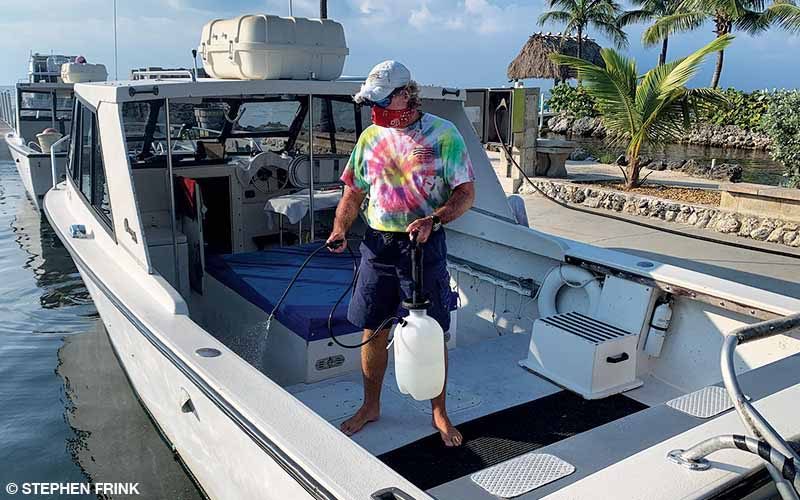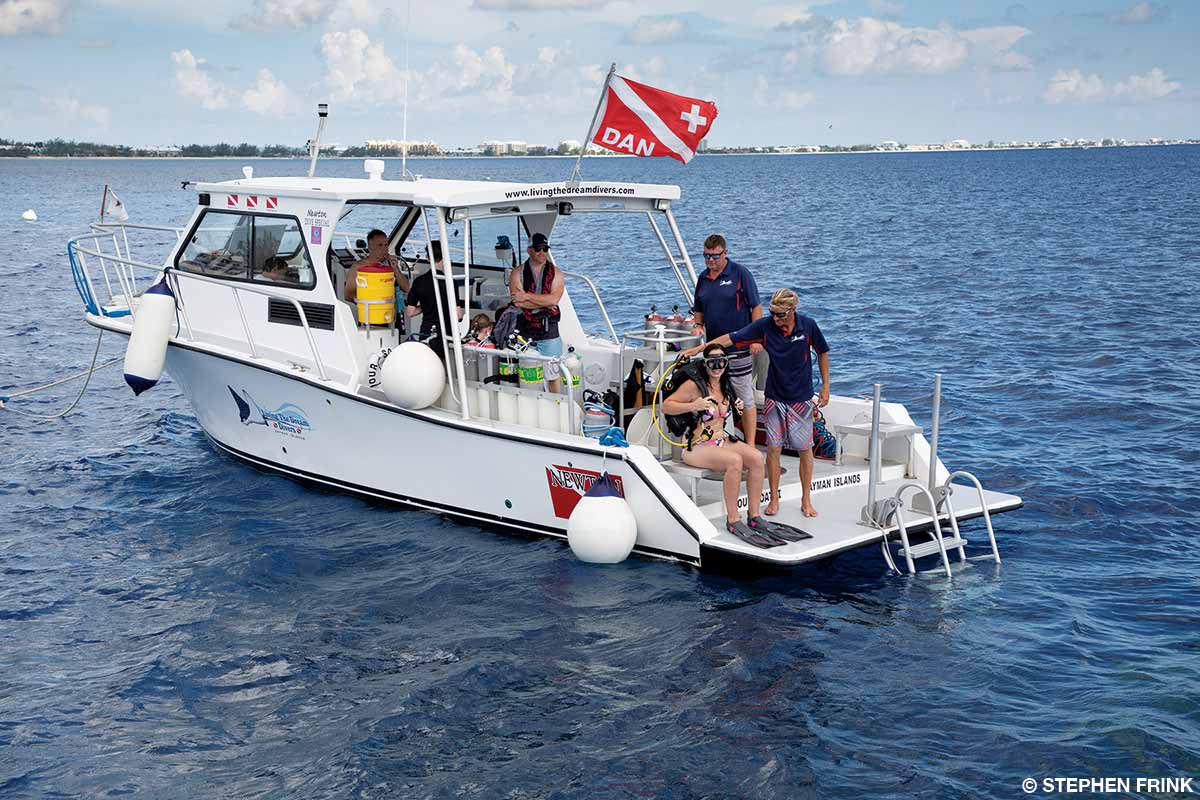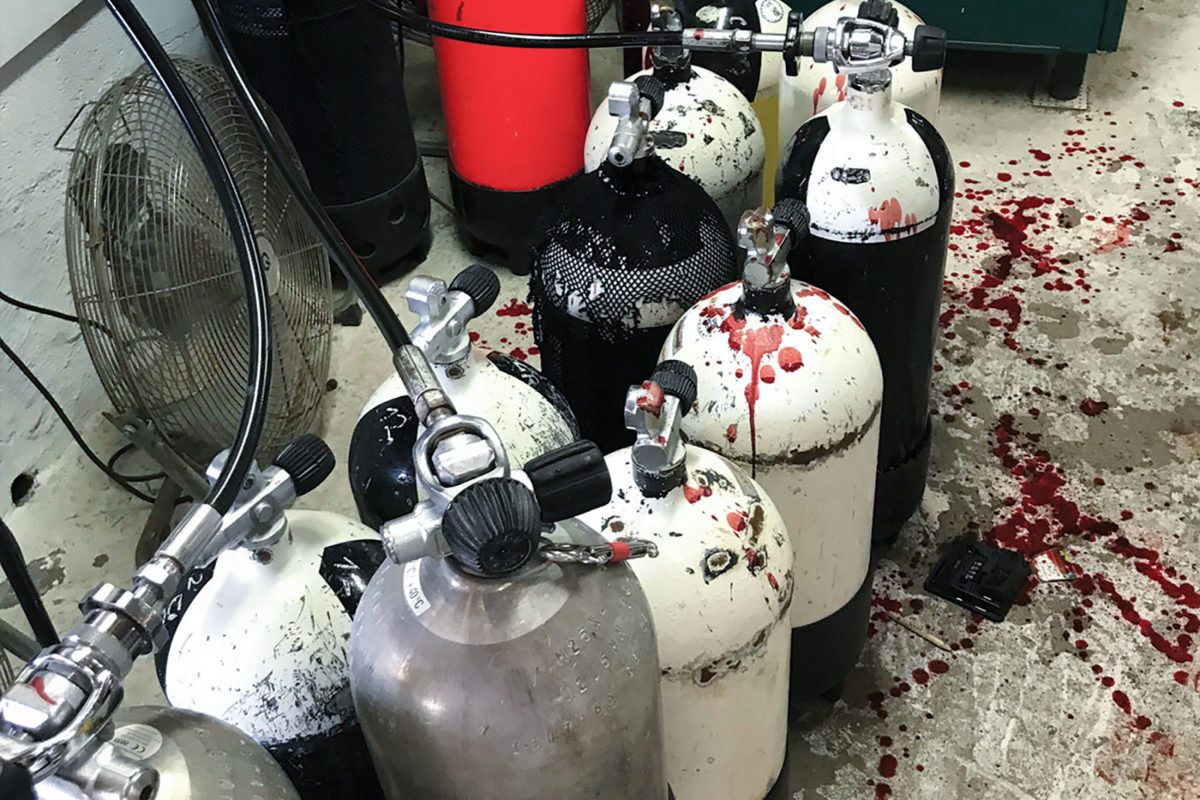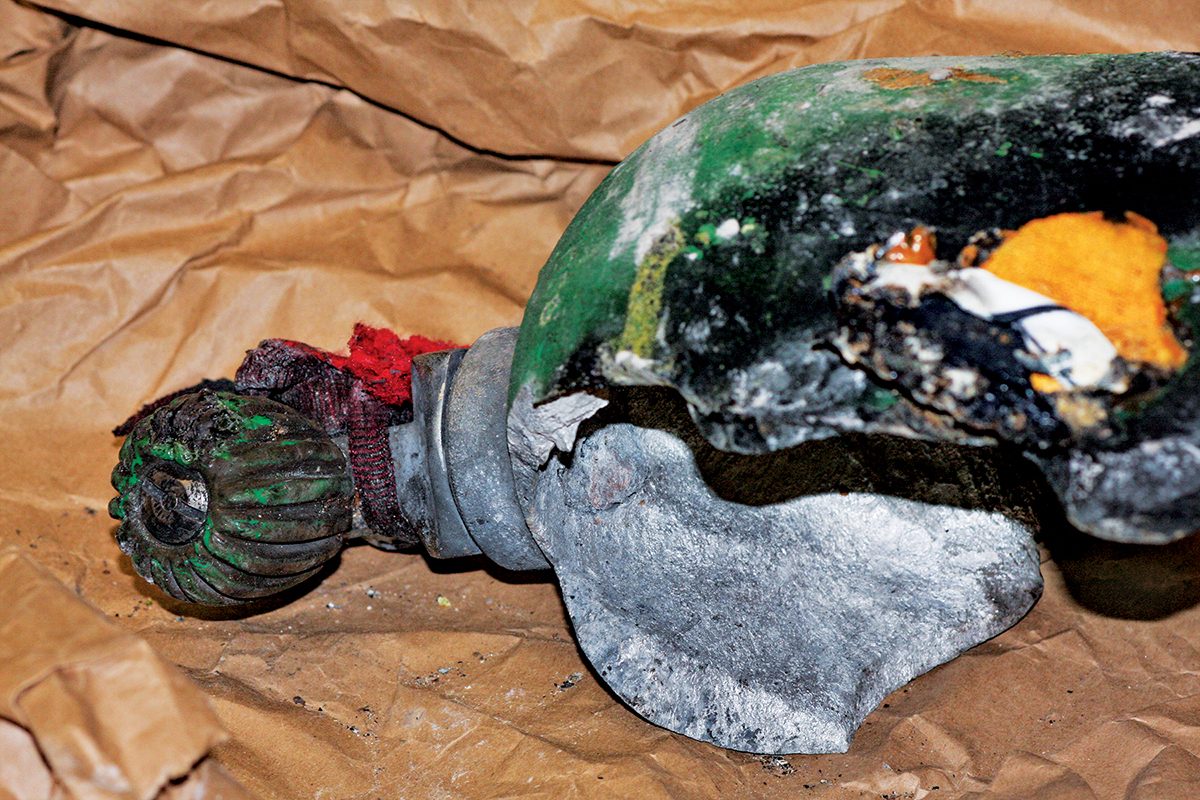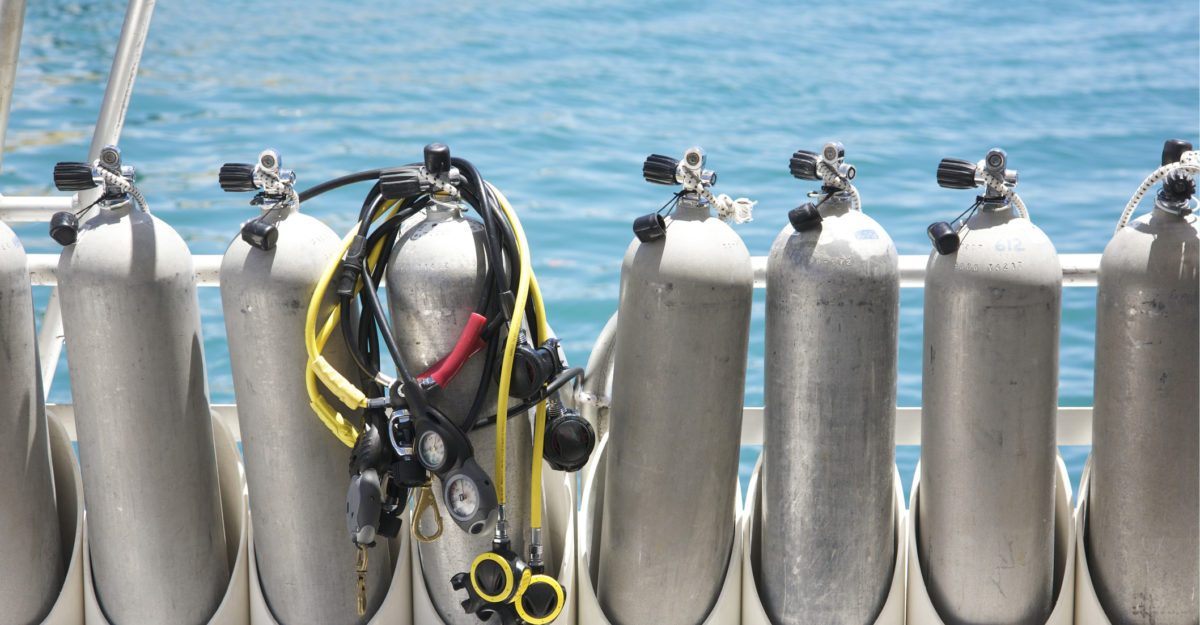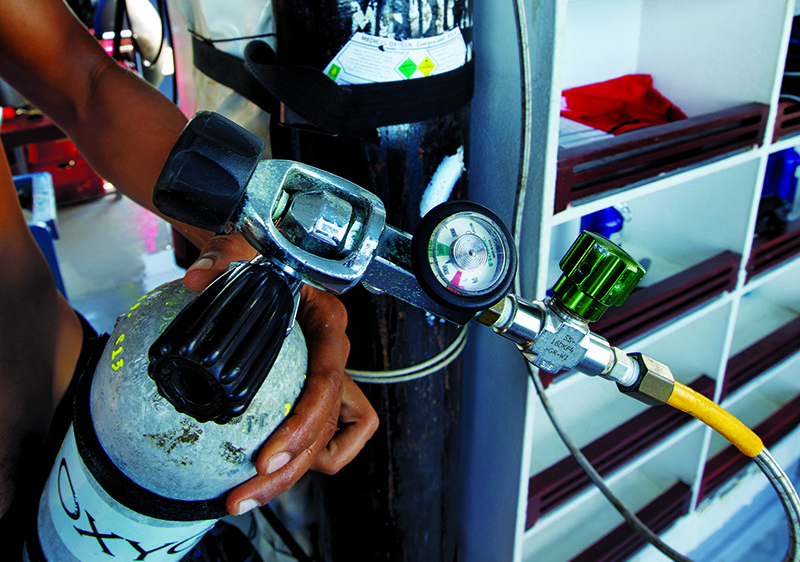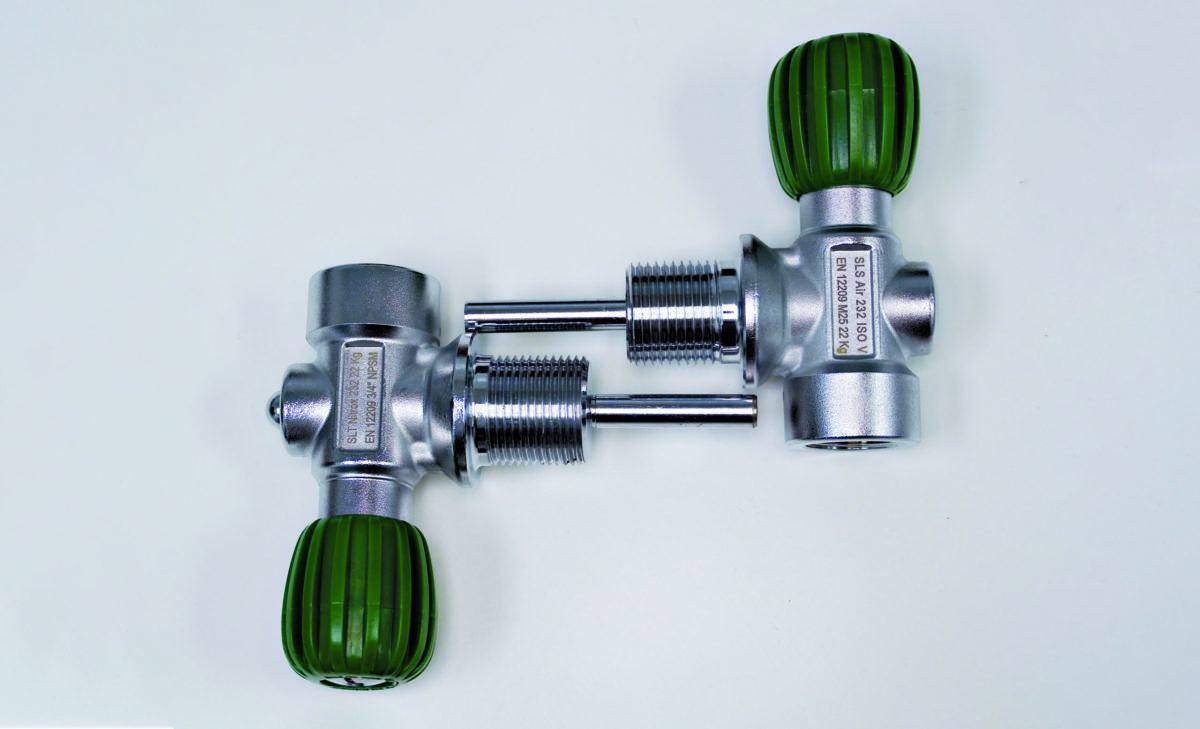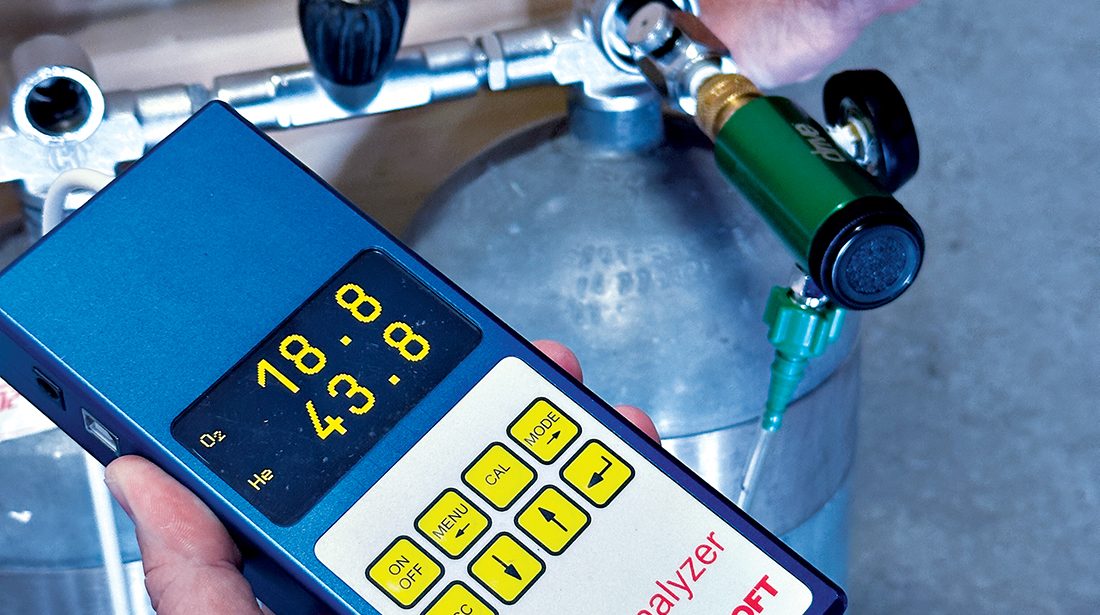Divers, dive operators and dive professionals must continue to practice good hygiene and disinfection of scuba equipment during the COVID-19 pandemic. Disinfectant products kill microorganisms. When discharged into the environment, they can continue to kill or cause harm until they break down. Disinfecting scuba equipment that contacts the eyes, nose and mouth should be routine for all dive operators. Know the composition of the products you use, and be aware of the potential impacts of disposal.
The first step in ensuring the safety of staff, divers and the public is to develop a detailed awareness of the real risks present in all operations performed by dive businesses and professionals. DAN® has produced a brief guide for anyone responsible for safety. The guide offers an introduction to identifying and understanding 17 of the most common areas of concern. These potential incident sources highlight the kinds of considerations that need attention and help operators to better understand how they might apply this knowledge to their businesses.
After cylinders first enter service, an annual visual inspection and a five-year hydrostatic test are required. These requirements include cylinders used for diving and other life-support applications and cover breathing air, nitrox, heliox, trimix, oxygen for decompression and argon for drysuit inflation. How are these standards mandated and enforced? What are good and safe practices?
PEOPLE WHO HAVE FILLED scuba cylinders, refilled oxygen cylinders, or boosted a gas mix are familiar with using flexible hoses. Some hoses are covered with a durable rubber or thermoplastic […]
FIRES IN COMPRESSED OXYGEN EQUIPMENT are rare, even though we hear about life-threatening accidents — a rebreather fire, an emergency oxygen regulator accident, or a gas blending system fire. Several key questions arise …
IN THE PREVIOUS ARTICLE, we settled on the recommendation that equipment used to control any breathing gas mix containing 25 percent oxygen and above at typical scuba cylinder pressures should […]
DAN INTRODUCED THE FIRST standardized emergency oxygen course for divers as lay providers in 1991. More people trained in oxygen delivery means that providers in dive locations worldwide need to have emergency oxygen units available. Obtaining oxygen refills, however, is an ongoing problem …
Divers Alert Network (DAN) maintains a global recompression chamber network, which consists of a database of all hyperbaric chambers with the capability and willingness to treat injured divers.
A VALVE-TO-CYLINDER MISMATCH recently resulted in a deadly outcome in Europe. This issue is preventable with formal, function-specific training and a basic understanding of scuba tank valves and cylinder threads.
THE THREE GASES GENERALLY used in recreational and technical diving are oxygen, nitrogen, and helium. Nitrogen is the most abundant and is usually the default gas, but no one seems […]
